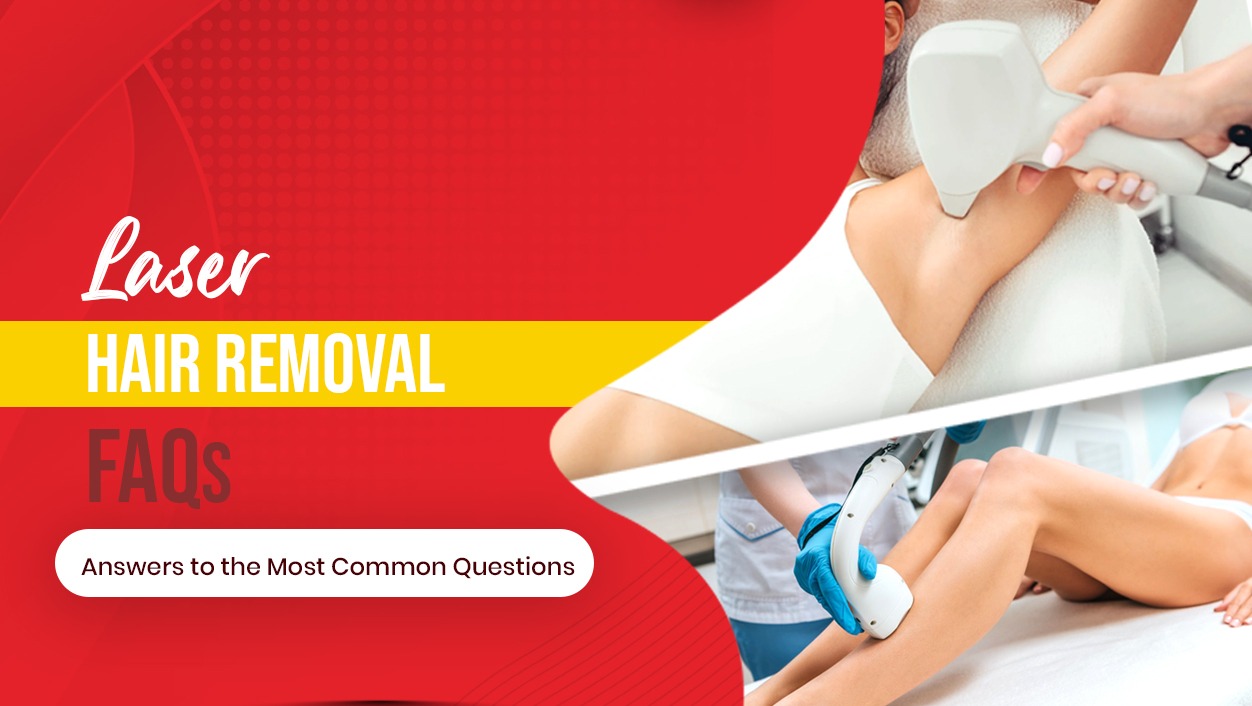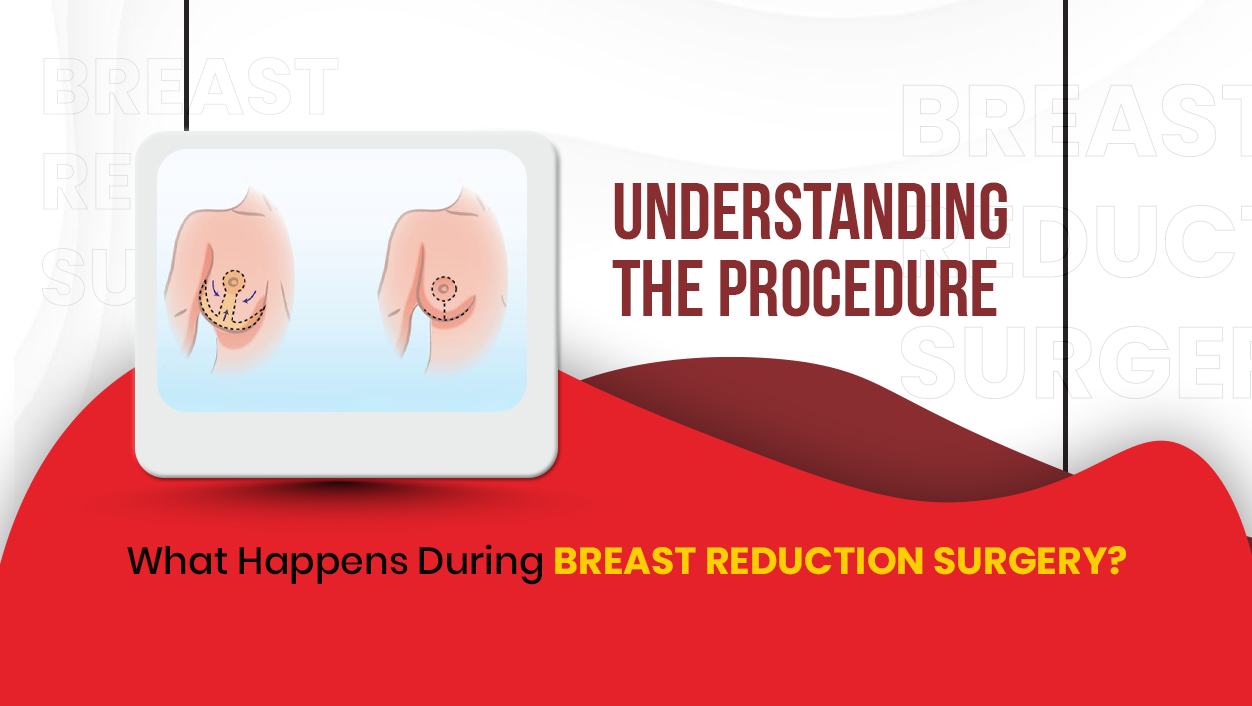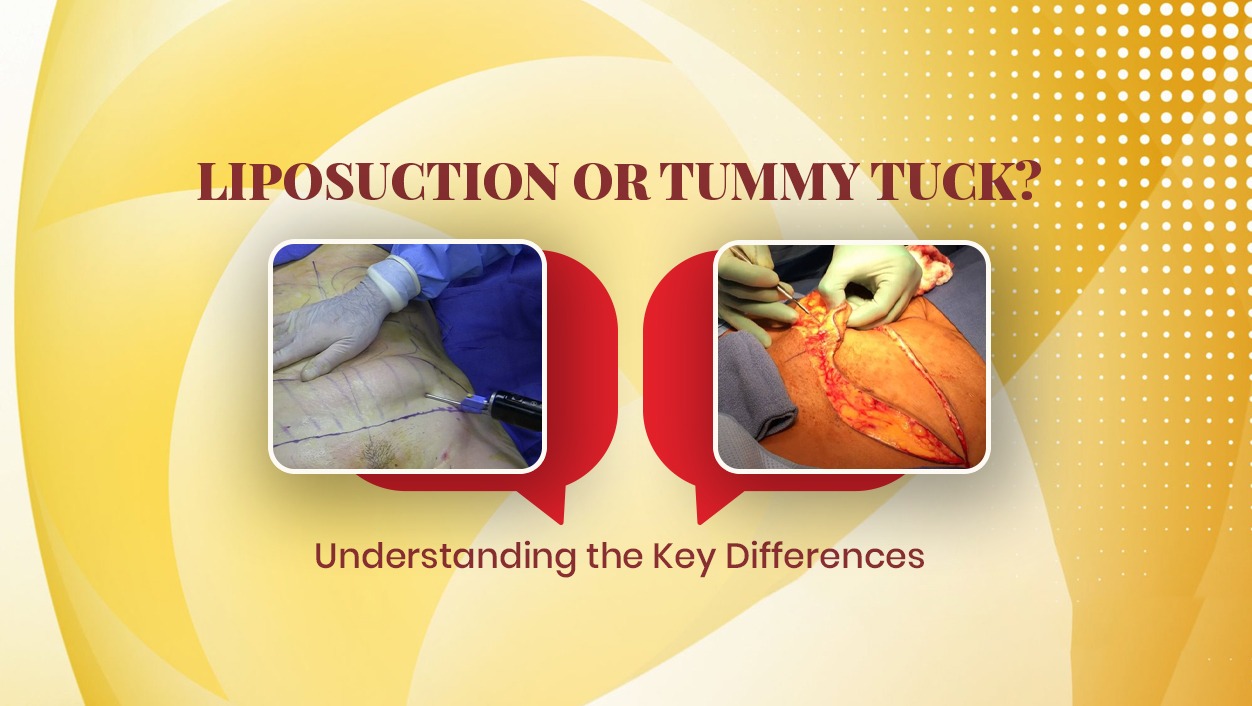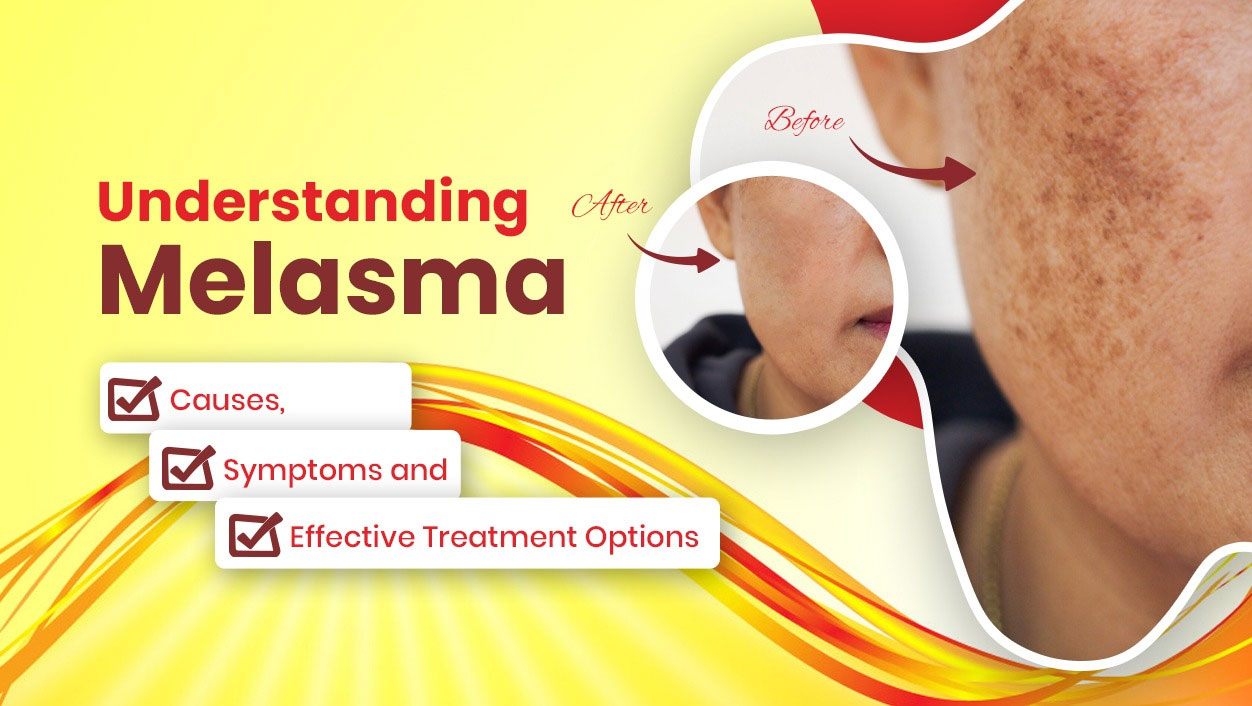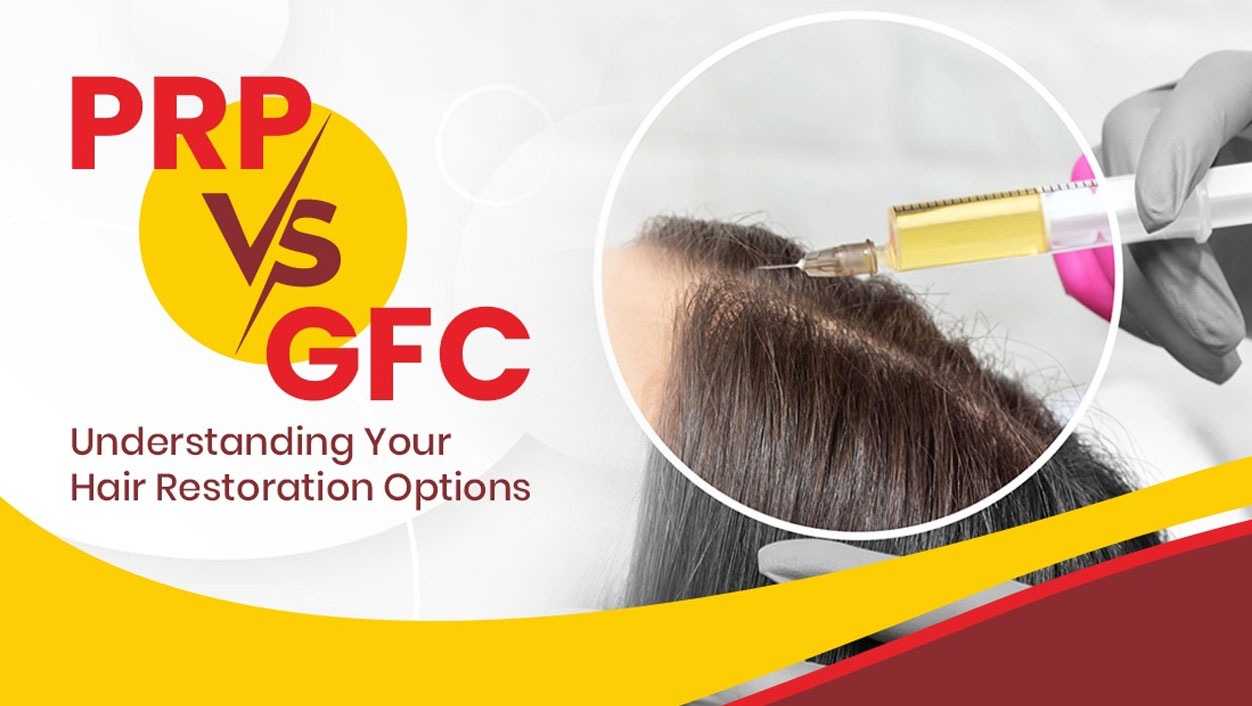Blog Details
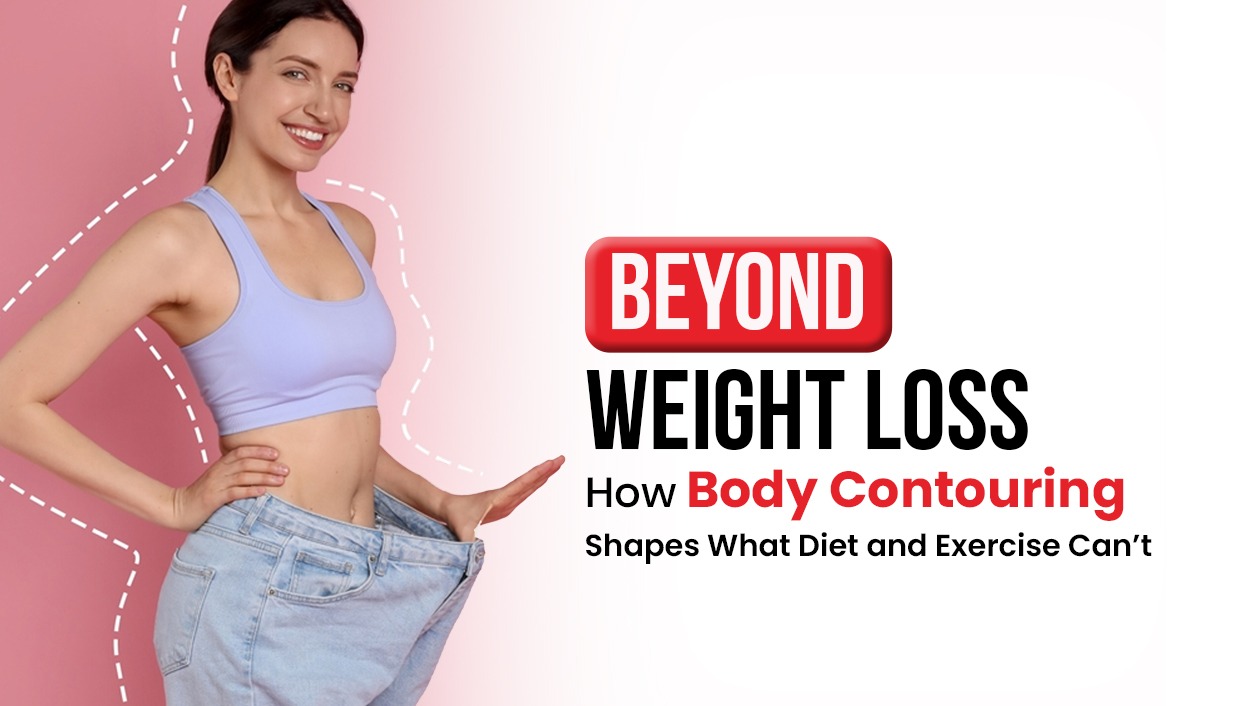
Beyond Weight Loss: How Body Contouring Shapes What Diet and Exercise Can’t
Ever spent months on a strict diet, hit the gym consistently and still noticed areas that just won’t budge? Maybe it’s the lower belly that won’t tighten, your arms that wobble no matter how much you work out or those stubborn love handles that make certain clothes impossible to wear. It’s frustrating, especially when you’re doing everything “right.” When that frustration hits, many start looking for safe, realistic ways to finally get the shape they’ve been chasing. That’s often when people hear about body contouring and wonder: what exactly happens, is it safe and will it really help me? Knowing what body contouring can and can’t do is the first step toward making a choice that feels right and finally feeling comfortable in your own body. Diet and exercise are excellent foundations for overall health and weight management but they often aren’t enough to achieve specific body contouring goals due to several key reasons: Stubborn Fat Deposits: Certain fat cells in areas like the abdomen, hips, thighs and arms tend to be more resistant to burning through diet and exercise alone due to genetic and hormonal factors. Fat Cell Behavior: While diet and exercise can shrink fat cells, they don’t eliminate them. Body contouring procedures actually remove or destroy fat cells, resulting in more permanent localized fat reduction. Body Fat Distribution: Genetics largely determine where fat is stored and problematic areas may not respond to even strict diets or rigorous exercise. Metabolic and Age-Related Changes: As people age, metabolism slows and hormonal changes affect fat storage, making spot reduction harder and prolonging visible results. Skin Elasticity and Muscle Tone: Weight loss doesn’t always improve skin laxity or muscle definition in problem areas; body contouring can tighten and sculpt for a smoother appearance. Plateaus and Limitations: Exercise and diet can reach a plateau effect where further fat loss in targeted areas becomes very challenging despite continued efforts. Therefore, while diet and exercise are essential, combining them with body contouring treatments can achieve more defined, lasting shaping results that are difficult to achieve otherwise. Body contouring is a set of procedures that reshape specific areas of the body by either removing excess fat, tightening loose skin or a combination of both. It targets areas that haven’t responded to diet or exercise and helps create smoother, more balanced contours. This is important to note: body contouring is not a method for losing weight. Its main goal is to improve the shape and proportion of your body, rather than reducing overall body mass. There are two main types of body contouring: non-surgical and surgical. Each works differently, has different recovery times and is chosen based on the areas being treated and the results you want to achieve. Non-surgical body contouring refers to a range of cosmetic procedures designed to reduce or reshape areas of the body by eliminating stubborn fat pockets and improving skin tone without surgery, incisions or significant downtime. These procedures are ideal for individuals close to their desired body weight who want to target fat resistant to diet and exercise. Cryolipolysis: Uses controlled cooling to freeze and destroy fat cells, which are then naturally eliminated by the body over a few weeks. Laser Lipolysis: Applies laser energy to heat and break down fat cells while promoting skin tightening. Radiofrequency (RF) Treatments: Use heat energy to reduce fat and stimulate collagen production for skin tightening and improved body tone. Ultrasound Cavitation: Employs sound waves to break down fat cells that the body then removes naturally. High-Intensity Focused Electromagnetic Therapy (HIFEM): Builds muscle and burns fat simultaneously, improving muscle tone and body contour. Non-Invasive: No incisions or anesthesia required, resulting in minimal risk and no scarring. Minimal Downtime: Most patients resume daily activities immediately after treatment. Targeted Fat Reduction: Effective in reducing stubborn fat pockets in areas like the abdomen, thighs, arms and flanks. Skin Tightening: Treatments often stimulate collagen production, leading to tighter, firmer skin. Natural-Looking Results: Gradual fat elimination results in subtle, natural contouring over weeks. Safe and Comfortable: FDA-cleared technologies with mild, temporary side effects like redness or swelling. Individuals near their ideal weight but with fat resistant to exercise and diet. People seeking body contouring rather than significant weight loss. Those preferring non-invasive, low-risk aesthetic procedures. Patients who want gradual and natural improvements without surgery. Surgical body contouring refers to a group of plastic surgery procedures aimed at reshaping and improving the body's appearance by removing excess skin and fat and tightening underlying tissue. It is often chosen by people who have experienced significant weight loss or have areas with sagging skin that cannot be addressed by diet and exercise alone. Liposuction: Removes localized fat deposits by suction through small incisions. Often used on the abdomen, thighs, hips, arms and neck. Provides dramatic fat reduction but does not address loose skin. Tummy Tuck (Abdominoplasty): Removes excess skin and fat from the abdominal area and tightens the abdominal muscles. Ideal for people with loose or stretched skin after pregnancy or weight loss. Body Lift / Lower Body Lift: Removes excess skin and fat from the abdomen, buttocks, hips and thighs to improve contour and reduce sagging. May include circumferential incisions around the lower torso. Arm Lift (Brachioplasty): Surgically removes excess skin and fat from the upper arms to correct sagging. Thigh Lift: Removes excess skin and fat from the inner or outer thigh. Breast Lift (Mastopexy): Lifts sagging breasts by removing excess breast skin and repositioning tissue. Can be combined with implants. Dramatic improvement in body shape and contour Removal of sagging, loose skin that non-surgical methods cannot address Long-lasting results after significant weight loss or aging effects Improved skin tone and firmness by tightening underlying muscles and tissues Surgical body contouring offers significant benefits but, as with any surgical procedure, there are important factors to consider to ensure the best possible outcome and experience. Personalized Assessment: Each patient’s health, medical history and lifestyle play a crucial role in tailoring the procedure to minimize risks and maximize results. Common Postoperative Experiences: Some patients may experience temporary swelling, bruising or mild discomfort during recovery, which typically resolve with time and proper care. Wound Healing: Healing varies individually; there is a potential for delayed healing in some cases, which can be effectively managed with appropriate follow-up and care. Surgical Scarring: While incisions are strategically placed for minimal visibility, some scarring is an expected part of the healing process and usually improves over time. Potential Complications: Although uncommon, complications such as fluid accumulation, infection or changes in skin sensation may occur but are manageable with prompt medical attention. Healthy Lifestyle: Maintaining a healthy weight, avoiding tobacco and managing any underlying medical conditions contribute significantly to favorable outcomes. Open Communication: A thorough consultation with a board-certified plastic surgeon ensures all questions and concerns are addressed and that expectations are realistic. Surgical body contouring is best suited for individuals seeking significant reshaping and removal of excess skin or fat, particularly after major weight loss or childbirth. These procedures offer effective and lasting results but involve surgery, associated risks and recovery. Unlike non-surgical methods, surgery addresses both fat and skin laxity for comprehensive contour improvement. Body contouring is not about skipping hard work or finding shortcuts. It’s about addressing changes that lifestyle alone cannot fix, whether that’s loose skin after major weight loss, stretched abdominal muscles after pregnancy or the natural sagging that comes with age. For others, it may simply be about achieving better body balance and feeling more comfortable in their own skin. When you approach body contouring with the right guidance, it’s not just a change in shape. It’s a step toward greater comfort, confidence and alignment between how you feel inside and what you see in the mirror.Why diet and exercise alone aren’t always enough
What Is Body Contouring ?
Types of Body Contouring
1.Non-Surgical Body Contouring
Types of Non-Surgical Body Contouring
Benefits of Non-Surgical Body Contouring
Ideal Candidates
2.Non-Surgical Body Contouring
Common Types of Surgical Body Contouring Procedures
Benefits of Surgical Body Contouring
Risks and Considerations
How to Choose the Right Plastic Surgeon: 6 Must-Ask Questions
Final Thoughts
The most important step is choosing a board-certified plastic surgeon with proven expertise in body contouring. A thoughtful consultation is where you can ask every question, understand recovery in detail and weigh the pros and cons of each option. This clarity matters just as much as the procedure itself.







